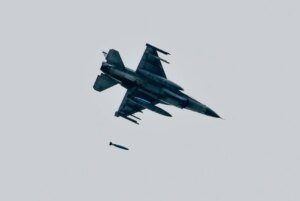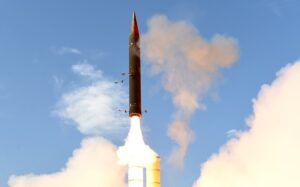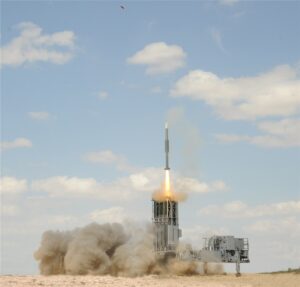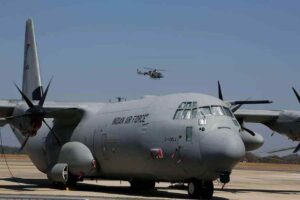立陶宛靠近白俄罗斯举行“愤怒之狼2025”军演,紧张局势升级
快速阅读: 2025年,立陶宛格莱日尼斯维尔卡斯旅阿尔吉尔达斯步兵营将举行Arsus Vilkas 2025演习,调动约350人和50件装备,在瓦雷纳区和盖伊祖奈训练场进行防御和实弹演练,强化边境安全,回应俄罗斯-白俄罗斯联合军演。
Arsus Vilkas 2025, organized by the Grand Duke of Lithuania Algirdas Infantry Battalion within the Geležinis Vilkas Brigade, will mobilize around 350 personnel and 50 units of equipment. The first phase takes place in the Varėna district, adjacent to the Belarusian frontier, focusing on defensive operations in populated areas using the domestically produced Vilkas infantry fighting vehicles,
Boxer IFV
configured for Lithuanian Armed Forces requirements. The second phase, held at the Gaižiūnai training ground in central Lithuania, will involve company-level live-fire exercises, integrating simulation ammunition, pyrotechnics, and sound effects to replicate combat conditions. These movements will result in intensified military traffic along key regional roads, signaling both operational readiness and deterrence.
Strategically, the exercises serve a dual function: reinforcing Lithuania’s defensive posture in a sensitive border zone and sending a clear political signal to Moscow and Minsk. The drills unfold against the backdrop of Zapad-2025, a biennial Russian-Belarusian military exercise whose 2021 edition directly preceded Moscow’s full-scale invasion of Ukraine in February 2022. While Belarusian officials initially announced that Zapad-2025’s main phase would be held away from western borders to ease tensions, recent rhetoric from Minsk suggests a possible repositioning toward Lithuania and Poland, citing what it calls increased NATO military activity.
From a geopolitical perspective, Arsus Vilkas 2025 reflects NATO’s strategy of forward defense in its northeastern flank, countering potential pressure points from the Union State’s joint forces. The Lithuanian Armed Forces are not only testing tactical maneuvers but also operational coordination that could be activated in the event of a rapid escalation. With Russian forces in Belarus reportedly including several motorized rifle regiments experienced in Ukraine’s Lyman-Kupiansk sector, Lithuanian planners remain alert to the potential for rapid force concentration across the border. Kyiv and NATO leaders have already voiced concern that Zapad-2025 could mask preparations for offensive operations, echoing past scenarios.
Lithuania’s decision to conduct these drills at this time is also a direct response to the CSTO exercise schedule in Belarus, which includes Interaction-2025, Search-2025, and Echelon-2025, further tightening military coordination among Russia’s allies. While Belarus maintains that these activities are defensive in nature, their sequencing and scale raise red flags among Baltic and Polish defense officials. Vilnius’ choice to center Arsus Vilkas 2025 on defensive urban warfare scenarios and high-readiness mobility demonstrates both an adaptation to hybrid threats and a commitment to NATO’s collective deterrence framework.
By placing combat-ready units and modernized assets such as the Vilkas IFV in operational conditions close to the Belarusian border, Lithuania is signaling it will not be caught off-guard by rapid deployments or pretext-driven operations from its eastern neighbors. The timing, overlapping with Russian-Belarusian force movements, underscores the sharpening of the security environment in the Baltic region and the determination of NATO’s eastern flank members to maintain readiness under mounting pressure.
(以上内容均由Ai生成)








